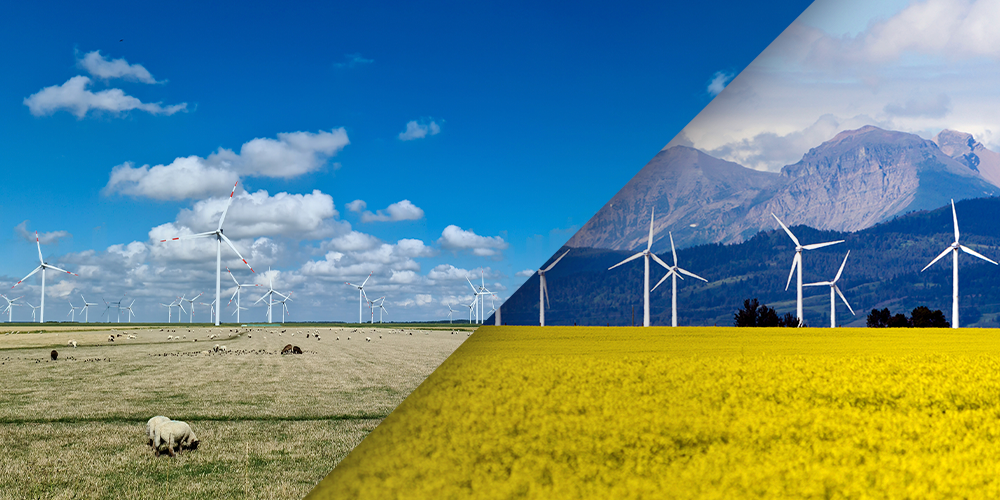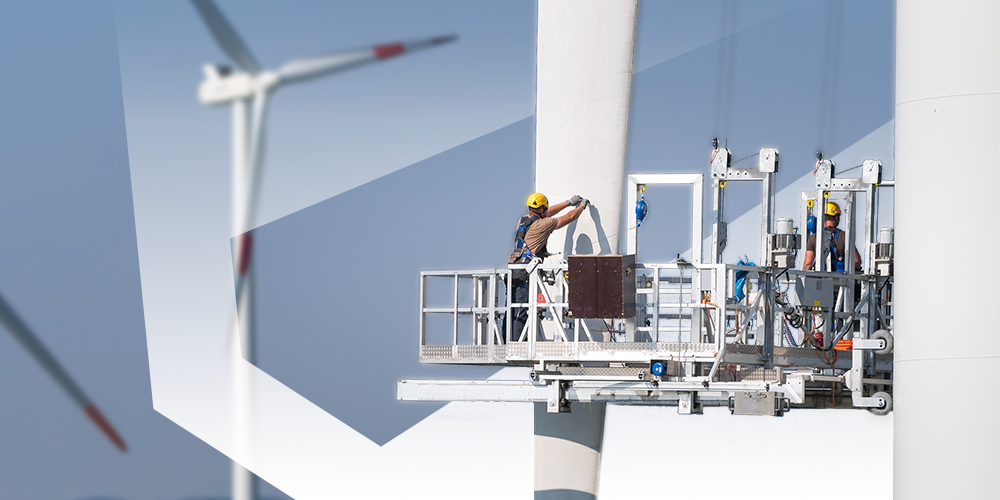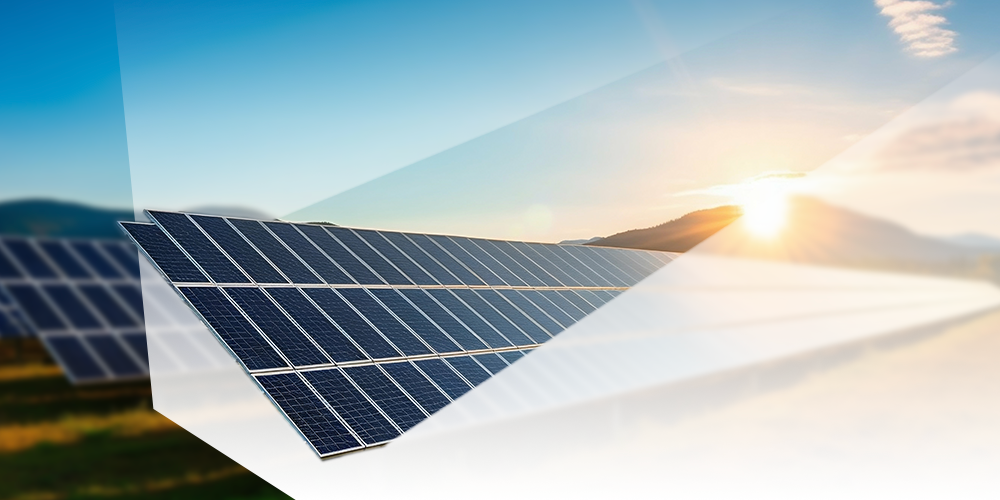Does farm or turbine size matter when it comes to turbine component failure rates? How much does location contribute to performance? Failure rates? Risks?
As the European and North American wind energy markets continue to grow and mature, owners are looking for ways to ensure that their assets are performing best-in-class. Yet, depending on the location of these farms, best-in-class can differ.
Industry benchmarking data comparing European and North American onshore wind farms reveals that there are discrepancies in performance and losses depending on the market. To ensure that the renewable energy industry is progressing, investors, owners and OEMs need to leverage large datasets for projects to become best-in-class.
Market differences Europe and North America
On the surface, there are a number of obvious differences between the European and North American markets. The European wind energy market is more diversified, with a healthy pipeline of onshore, offshore and floating wind, whereas the North American wind market is less mature and diversified.
There’s also size differences. Countries in North America have a larger geographical space, which has contributed to larger wind farms — the average farm in North America is 120 MW, versus 35 MW in Europe. Turbines, on the other hand, are slightly larger in Europe. This contributes to more turbines per farm in North America than Europe. In addition to land space, policy differences, such as the Production Tax Credit (PTC), could impact the differences in farm sizes.
Power pricing and the value of power also varies between regions. Currently, Europe is experiencing an energy crisis, which is driving up the cost of power. Even when there isn’t an energy crisis, power in North America tends to be priced lower. When power prices are high, owners and shareholders will want to optimize production to get the most out of their assets and incentivize ensuring O&M strategies are optimal. When power prices are lower, there’s less incentive to optimize the production of assets.
Risks on European and North American wind farms remain relatively similar. Both experience high occurrences of gearbox failures and lightning strikes.
Performance differences
Despite relatively similar risks, performance differs between the regions. By analyzing our data, we were able to identify performance differences between the two markets.
Total loss factor
The first year of operations is poor on average for both continents, which can likely be attributed to teething issues. Teething issues typically last the first few years and any issues that arise are typically covered under warranties, reducing the risks to owners and investors.
North America experiences a pretty consistent decline in availability over time, which has been observed through many studies examining availability. A drop-off after year 10 has also been observed. Europe is higher in most years, but is close to North America in years two and three. North America also experiences a dip in availability in year five, which may be related to end of warranty.
Turbine loss factor
Turbine service providers often provide a warranty with a value of 97%. This is “contractual availability” rather than “turbine availability,” but many people aren’t familiar with the difference and assume turbine availability will be 97%. The difference is important: certain loss types count against actual turbine availability while not counting against contractual availability. These are called carve-outs, since they are “carved-out” of the availability calculation. Loss allocation would be defined in the O&M agreement.
North America and Europe follow similar trends for turbine loss factor. North America is lower in years one, four and five, but higher than Europe in later years.
Risk data
The risks facing the North American and European wind industry are relatively the same: gearbox failures, lightning damage and nacelle fires are among the highest risks for claims based on frequency and cost.
What’s driving availability differences?
The reason for these performance differences can be difficult to identify, as there are many factors that contribute to it. We spoke with our experts and consulted our industry data to determine what may be driving the performance differences between North America and Europe.
Market maturity
In 2021, installed wind power capacity in Europe was nearly double that of North America — 236 GW compared to 134.5 GW — because Europe has been investing in wind energy longer.
Market maturity influences performance as it means that there is more experience in the industry. The workforce has more practice managing, operating and maintaining wind energy, which could lead to better asset management and lower risks.It also means that the solutions to optimize availability or minimize risks are well-developed.
OEM distribution
Although there are many similar OEMs across the two markets, there are a few anomalies. For example, there are more Vestas turbines installed in Europe, as well as Nordex and Enercon turbines are much more rare in North America. There are also more GE turbines in North America. Overall, North America has more middle-sized manufacturers, versus Europe relies on bigger teams and companies.
Since technicians have to be specifically trained for the turbine and OEMs, the distribution could contribute to performance differences. If it’s harder to find technicians or if the O&M teams are located further from the wind farms, the downtime and mean time to repair (MTTR) will be impacted. It could also be harder to find teams for the smaller OEMs used in North America or for components built and manufacturers in other countries.
Supply chains
The wind energy supply chain is facing disruption. With every new project, repair or replacement, it requires components sourced from across the globe. But with inefficient and weak supply chains, it can be difficult to source components when needed, leading to longer periods of downtime and impacting performance.
More countries are trying to turn to domestic manufacturing to produce parts and make supply chains more efficient, but getting to a point where components can be manufactured entirely domestically is still a long way off. With a more mature market, Europe has the benefit of having a larger and more experienced workforce — which can accelerate the process of domesticating production — as well as a more established supply chain.
Europe’s supply chain may also be better prepared to source components due to the density. The density of Europe is higher, as is their proximity to manufacturers. This may result in shorter transportation timeframes for components to sites, again reducing downtime when issues arise.
Operational strategies
Simplistically, there are two different approaches to operating wind farms that can impact downtime. The two ends of the spectrum are:
- Run to failure: maximize uptime by minimizing preventative maintenance.
- Proactive maintenance: minimize big downtime events and the resulting large costs by doing proactive maintenance on the equipment, and not ignoring alarms or small issues.
The way that the North American and European markets approach these operational strategies may differ, resulting in differences to downtime, availability and risks. The former will result in higher claims because when things fail, they will fail greatly, resulting in repair and replacement costs that are significantly higher.
Leveling the playing field
Overcoming performance issues to become best-in-class can be challenging, especially with inherent availability and failure differences between markets. As the renewable energy industry continues to mature, especially in North America, these challenges and differences will likely lessen. Until then, owners can rely on industry learnings to help them understand the best strategies to improve performance and reduce risks on their wind farms.








